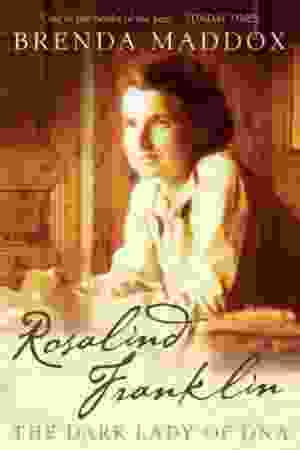

But opting out of some of these cookies may affect your browsing experience.Įste sitio web utiliza cookies para mejorar su experiencia mientras navega por el sitio web. You also have the option to opt-out of these cookies. These cookies will be stored in your browser only with your consent. We also use third-party cookies that help us analyze and understand how you use this website. Out of these, the cookies that are categorized as necessary are stored on your browser as they are essential for the working of basic functionalities of the website. This website uses cookies to improve your experience while you navigate through the website.
How to disseminate your scientific project in a video for social media. How to improve your scientific presentations Online Edition. How to perform oral presentations in biomedicine Online Edition. How to write a scientific article Online edition.  Problem based learning in biomedical teaching. How to disseminate your research project in a video for social media. How to improve your scientific presentations. Developing skills in scientific writing. Scientific communication: Getting started Writing & Speaking. How to perform oral presentations in biomedicine. How to develop a research project in health sciences. For that reason, science autobiographies can provide valuable input (case material) for teaching philosophy and history of science to science students. Thus, I will explain how science autobiographies on the one hand and genres of the imagination (such as novels and movies) on the other may deepen our comprehension of tensions and dilemmas of life sciences research then and now. the ‘militarisation’ of research and the relationship between beauty and destruction). I will focus my comparative analysis on issues still relevant today, such as dual use, the handling of sensitive scientific information (in a moral setting defined by the tension between collaboration and competition) and, finally, on the interwovenness of science and warfare (i.e. Taken together, these documents shed an intriguing light on the vicissitudes of budding life sciences research during the post-war era.
Problem based learning in biomedical teaching. How to disseminate your research project in a video for social media. How to improve your scientific presentations. Developing skills in scientific writing. Scientific communication: Getting started Writing & Speaking. How to perform oral presentations in biomedicine. How to develop a research project in health sciences. For that reason, science autobiographies can provide valuable input (case material) for teaching philosophy and history of science to science students. Thus, I will explain how science autobiographies on the one hand and genres of the imagination (such as novels and movies) on the other may deepen our comprehension of tensions and dilemmas of life sciences research then and now. the ‘militarisation’ of research and the relationship between beauty and destruction). I will focus my comparative analysis on issues still relevant today, such as dual use, the handling of sensitive scientific information (in a moral setting defined by the tension between collaboration and competition) and, finally, on the interwovenness of science and warfare (i.e. Taken together, these documents shed an intriguing light on the vicissitudes of budding life sciences research during the post-war era. 
If subjected to a (psychoanalytically inspired) comparative analysis, multiple correspondences between movie and memoirs can be brought to the fore. In this paper I intend to show that there is much more to this title than merely its familiar ring. In the preface, he diffidently points out that the title (which presents him as the ‘third’ man credited with the co-discovery of the structure of DNA, besides Watson and Crick) was chosen by his publisher, as a reference to the famous 1949 movie no doubt, featuring Orson Welles in his classical role as penicillin racketeer Harry Lime. In 2003, biophysicist and Nobel Laureate Maurice Wilkins published his autobiography entitled The Third Man.







 0 kommentar(er)
0 kommentar(er)
